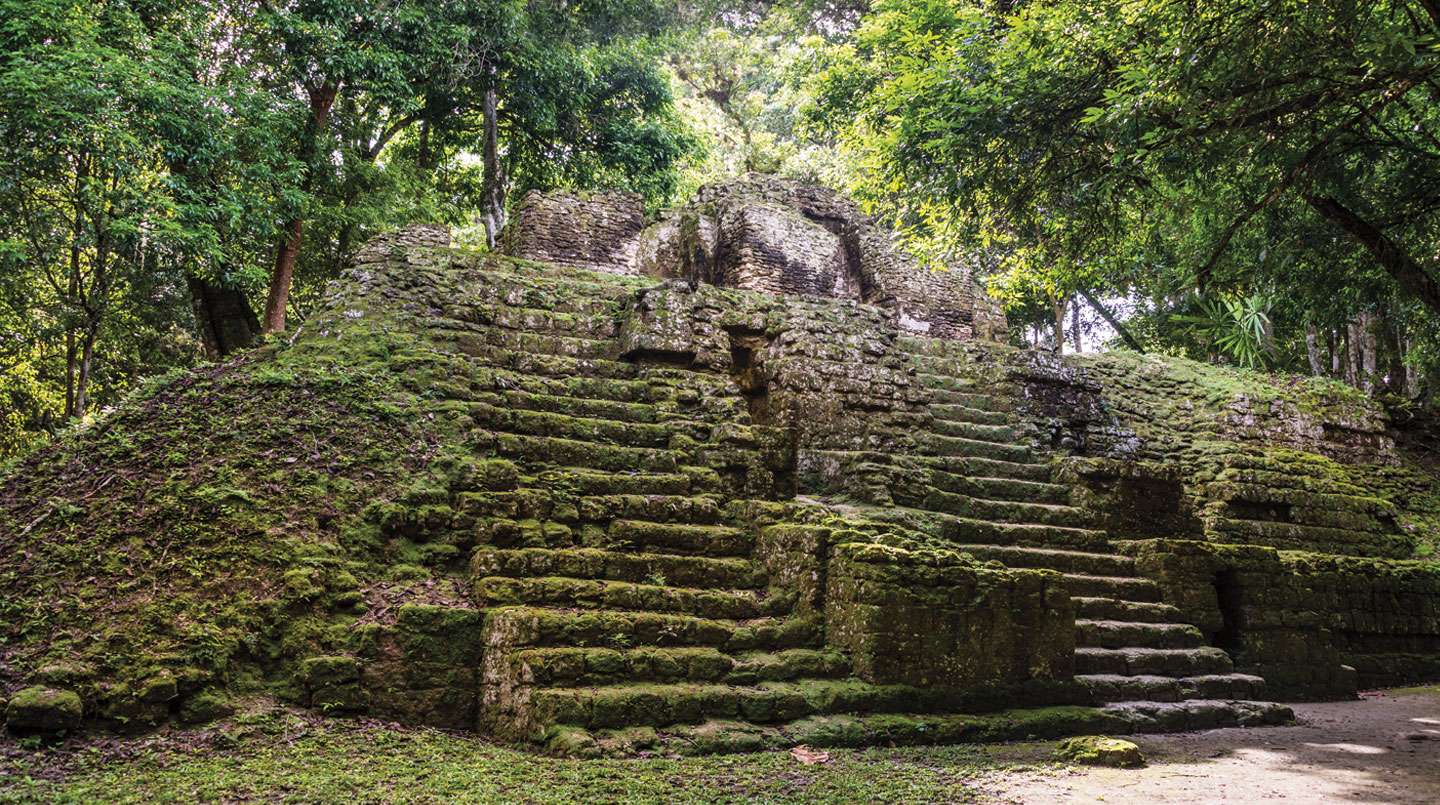Jim McMahon/Mapman®
For centuries, the thick jungles of northern Guatemala have guarded a secret. Experts have long known that the Maya once lived in the rainforests of the Central American country. Over the years, scientists have uncovered ruins there from the ancient civilization. But they were never sure what—if any—additional traces of the Maya had yet to be found. Until now.
Using lasers, archaeologists recently discovered more than 60,000 Maya ruins in a nature reserve. By shooting lasers into the jungle, researchers were able to collect data to create a 3-D map of the forest floor—and all the Maya structures hidden within the shrubs.
The findings include thousands of homes, tombs, and other ruins. They make up a sprawling network of ancient cities and farms linked by roadways. Such a huge discovery indicates that the Maya were more interconnected—and had a larger population—than anyone knew.
For centuries, the thick jungles of northern Guatemala have guarded a secret. Experts have long known that the Maya once lived in the rainforests of that Central American country. Over the years, scientists have uncovered ruins there from the ancient civilization. But they were never sure if more traces of the Maya had yet to be found. Until now.
Using lasers, archaeologists recently discovered more than 60,000 Maya ruins in a nature reserve. Researchers shot lasers into the jungle to collect data. Then they created a 3-D map of the forest floor. The map shows the Maya structures hidden within the shrubs.
The findings include thousands of homes, tombs, and other ruins. Those ruins make up a sprawling network of ancient cities and farms linked by roadways. Such a huge discovery indicates that the Maya were more interconnected than anyone knew. It also reveals they had a larger population than once believed.



